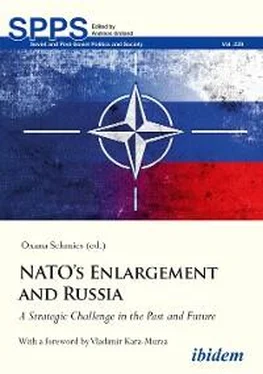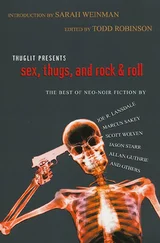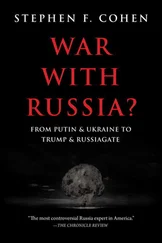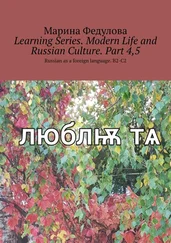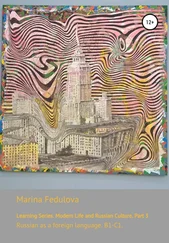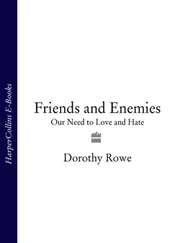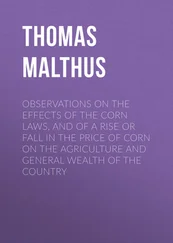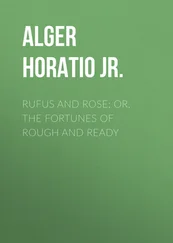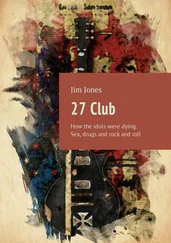These problems are often inherited from the 1990s. The end of the Cold War did not solve Europe’s security issues. 4While East-Central Europe, the so-called “Eastern Flank” of NATO, is now protected by Article 5 of the Washington Treaty, most of the post-Soviet space has become a victim of the unsolved European security issues.
Above all, Ukraine remains a “testing ground” for Russia’s intentions within the European territory since 2014. Since August 2020, the emerging Belarusian nation is struggling peacefully against the regime of Lukashenko supported by Putin. The people of Ukraine and Belarus need Western support. Entering a “European way” of its further development seems for Belarus to be only a question of time. Russia will presumably continue to play a malicious role in the Southern Caucasus. The Russian population itself is a major victim of authoritarian Russian regime. It should be supported by the West, too.
The US and Europe have to address these new political realities with novel, clear and sustainable strategies. As of early 2021, the time of equivocation is over. Europe is searching for its new security policy role within the transatlantic partnership. The United States too is currently redefining its foreign policy. The year 2021 may thus become a turning point for Western strategic development. NATO’s approach towards Russia for the years to come remains so far undefined.
Information technologies and artificial intelligence are changing the patterns of people’s social and political behavior. Many old systems of decision, checks and balances are no longer functioning. A different world system is emerging where, due to digitalization, individuals get more opportunities for direct political participation and influence reducing or even replacing the predominant actorness of nation-states or unwieldy international organizations. These new constellations must be taken into account by policy makers.
What was NATO like in the 1990s, during the expansion to Central and Eastern Europe, and what is it now? According to Ronald Asmus, an intellectual forefather of Eastern enlargement, NATO was a security umbrella under which (Central and Eastern) Europe could develop and flourish. Yet, the Alliance has not fulfilled this function during the last years. The West has, instead, been often caught in a torturous choice between values and interests and, as a result, is no longer able to provide all countries that choose democracy with a security umbrella and often incapable to resist aggression by Russia, which also takes the most extreme, military forms.
The mission of enlargement was to be no less than a solution to such monumental questions as democratizing Eastern and Central Europe, unifying Europe, and providing security for the entire transatlantic area. This was a colossal mission, a vision, a proclamation, a self-justification … What was right about it? The task, the purpose, the values, and the self-supporting missionary weight. What, however, proved to be wrong with that? The former treaty’s counterpart, Russia, was no longer an enemy, yet did not become either a member or real partner of the Alliance. For the West—and NATO is as a defense alliance for Western values—Russia was and remains its largest unresolved blind spot.
Especially the US-American historical and political researchers dedicate entire journal issues, 5anthologies 6and monographs 7to various facets of NATO’s enlargement process and are re-evaluating it. Historical documents are being published, as soon as the general archival classification period of thirty years is passed in 2020. 8This gives today’s researchers a clearer picture of the 1990s.
The 1990s were full of hopes, and—viewed retrospectively—also a bit naïve, as Gleb Pavlovsky remarks in this volume. The Paris Charter of 1990, the Budapest Memorandum of 1994 (see below), and the NATO-Russia Founding Act of 1997 were believed to bring security, stability and prosperity to Europe. “Too visionary” as these basic documents may seem today (John Kornblum), they built an international legal basis that has no alternative.
After the watershed of 2014, the annexation of Crimea and the start of the war in Eastern Ukraine, as well as the following gradual break of many communication channels between NATO and Russia, the opportunities to productively talk between both sides have shrunk massively. Predictably, this led to new security risks. New talks and additional transparency about military exercises, prenotification and observation are highly needed now.
The most recent strategy Paper NATO 2030 defines Russia as the “most likely … main military threat to the Alliance” for the next ten years. 9“Breaches” of public international law and international treaties, “aggressive actions,” and “assertive activity” dominate the description of Russia. Thus, her role for years ahead seems be already to be predetermined.
The document’s key passage, however, addresses a different issue, namely, that of political solidarity between the Alliance members in response to Russia’s actions. 10This is the crucial question as the Alliance members often have different ideas about how to preserve or increase security. The geopolitical situation of Europe’s East remains fragile because of Russia’s breaching of treaties, engaging in hybrid warfare, supporting populist leaders and movements, undermining faith in democratic institutions and other malevolent actions. When undertaking them, the Kremlin instrumentalizes the eastward enlargement of NATO of the 1990s to legitimize them. It refers to a “promise” of the West about non-expansion of NATO that was allegedly made to Moscow at the end of the Cold War.
The West, however, never gave a (written) guarantee to the Soviet Union that it would not expand NATO to the East of the GDR border after 1990. This has been clarified by historians. 11Still the Kremlin refers to NATO’s enlargement when justifying its malicious interference in the affairs of other countries. NATO’s enlargement serves as a—if not the predominant—rationale for Russia’s intervention in the domestic affairs of the countries in the post-Soviet space including East-Central Europe. In this regard, “NATO’s enlargement” has become not only a figure of speech, but also a dangerous political tool. It can become a justification for preparing and starting new wars.
The Alliance and Moscow are today not any longer in a confrontational, but in an interdependent relationship. Obviously, this circumstance has, however, not prevented recent escalation of tensions. The political aim is therefore to turn the two sides’ objective interdependence to a positive direction, and make it a source of cooperation. It may be insufficient or even a fallacy to merely believe that “Russia’s leaders shall choose a more constructive path” by themselves. The role of the West remains decisive, and it should turn to historical experience to learn how to deal with the current situation. Within Russia, alarming tendencies in the interpretation of history are increasing, leading to reinterpretation of entire historical epochs by the highest state leadership and culminating in the prosecution of historians and journalists intensified by the Russian state in 2020 and continued in early 2021.
In summer 2020, a number of leading American experts on Russia called the state of relations between Russia and the USA a “dangerous dead end.” 12Following this logic, the danger of nuclear war is becoming, once again, very real. Since the invention of atomic weapons, deterrence has been a basis for Western security policies, yet to proclaim today a necessity for a new strategy is insufficient. An attempt to reinforce existing efforts of developing a new strategy relying on knowledge of first-class experts is one purpose of this book.
Читать дальше
